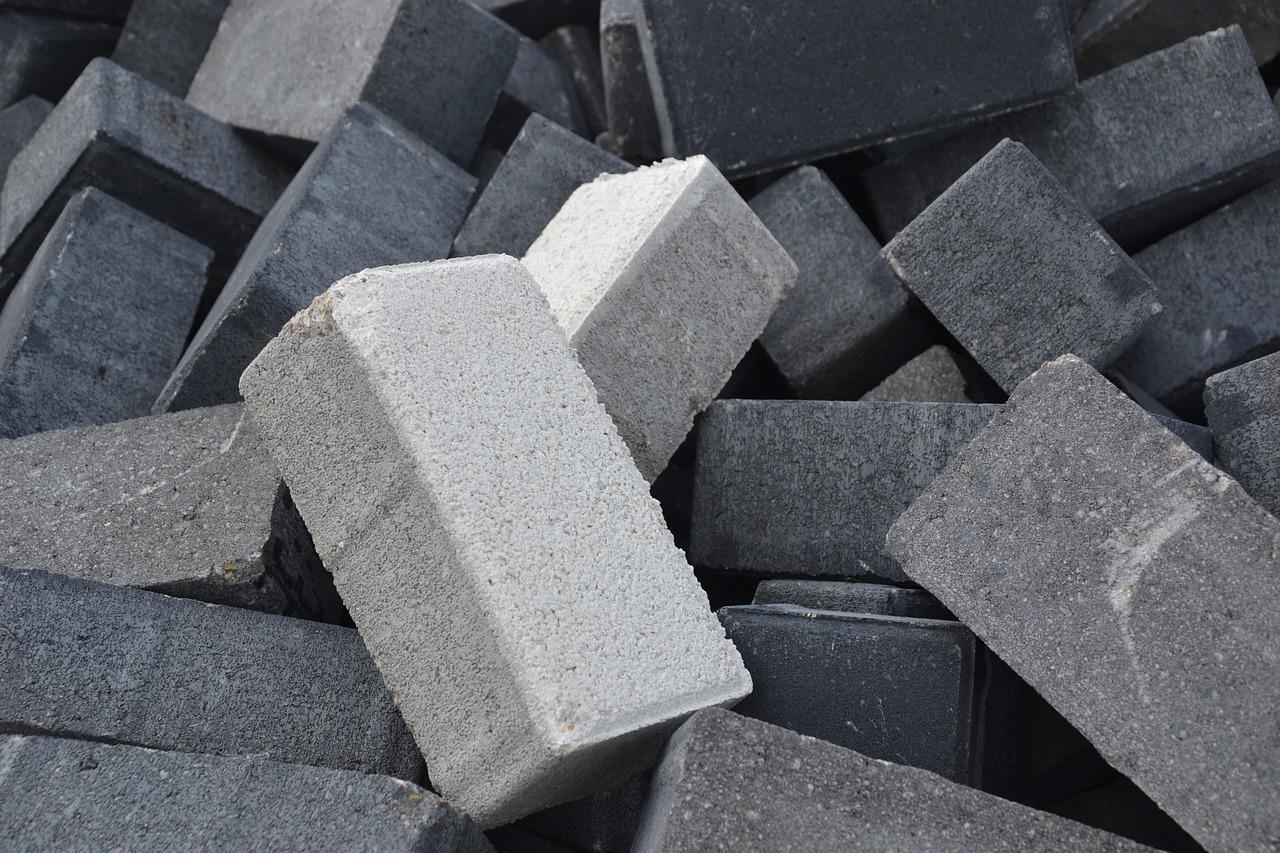Autoclaved Aerated Concrete
• Autoclaved Aerated Concrete (AAC) is a lightweight, precast, foam concrete building material.
• Manufactured by combining fly ash, cement, lime, gypsum, aluminium powder and water.
• AAC simultaneously provides structure, insulation, and fire- and mold-resistance.
• Manufactured by combining fly ash, cement, lime, gypsum, aluminium powder and water.
• AAC simultaneously provides structure, insulation, and fire- and mold-resistance.
Its light weight/cellular properties make it easy to cut, shave, and shape, accept nails and screws readily, and allow it to be routed to create chases for electrical conduits and smaller-diameter plumbing runs.
Construction process can be about 20 per cent faster. It weighs only about 50 per cent of a standard concrete block and possesses high thermal insulation and is acoustics-friendly. It also has better fire resistance than fly ash and is non-combustible. It’s non-allergic and hence maintains the quality of air within a building without changing its properties over time.
Construction process can be about 20 per cent faster. It weighs only about 50 per cent of a standard concrete block and possesses high thermal insulation and is acoustics-friendly. It also has better fire resistance than fly ash and is non-combustible. It’s non-allergic and hence maintains the quality of air within a building without changing its properties over time.
AAC offers both material and performance aspects from a sustainability perspective. It can contain recycled materials like fly ash and rebar.
Further, it incorporates a large quantity of air and contains less raw material per volume than many other building products. The air creates an energy efficient envelope and protects against unwanted losses with heating and cooling savings of roughly 10 to 20 percent compared to conventional frame construction.
Further, it incorporates a large quantity of air and contains less raw material per volume than many other building products. The air creates an energy efficient envelope and protects against unwanted losses with heating and cooling savings of roughly 10 to 20 percent compared to conventional frame construction.
Lower strength than most concrete products or systems, in load-bearing applications, hence it must typically be reinforced. It also requires a protective finish since the material is porous and would deteriorate if left exposed.
It needs to be handled more carefully than clay bricks to avoid breakage as it is brittle in nature.
It needs to be handled more carefully than clay bricks to avoid breakage as it is brittle in nature.
